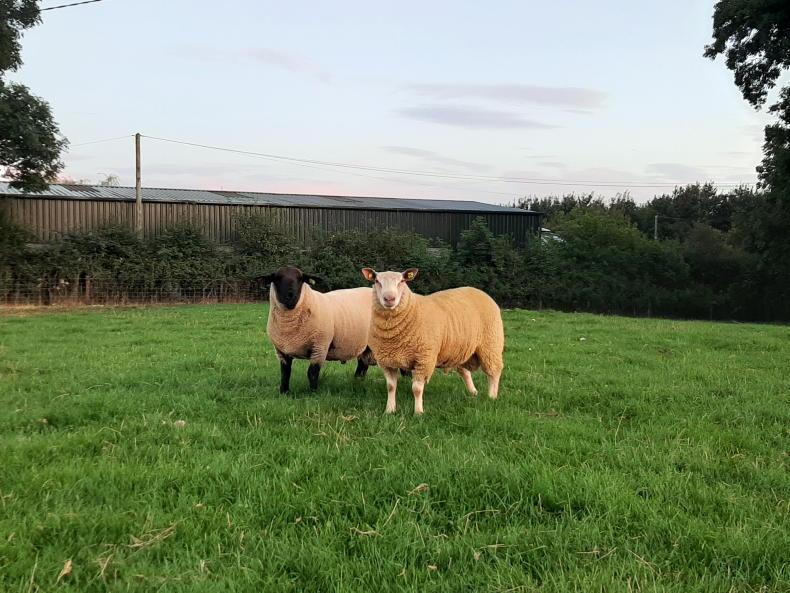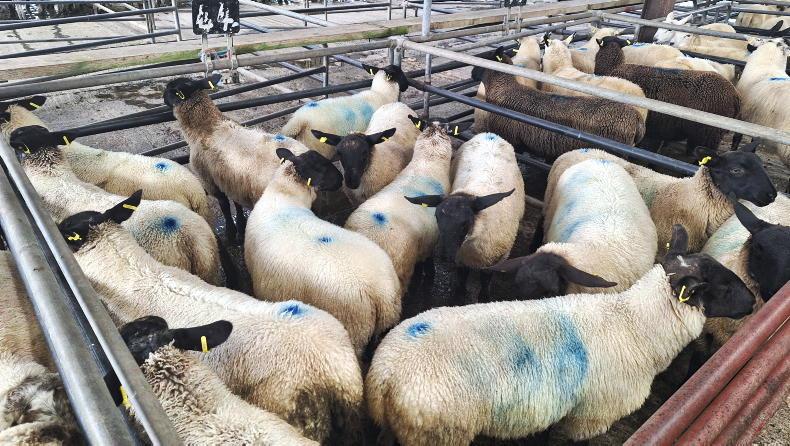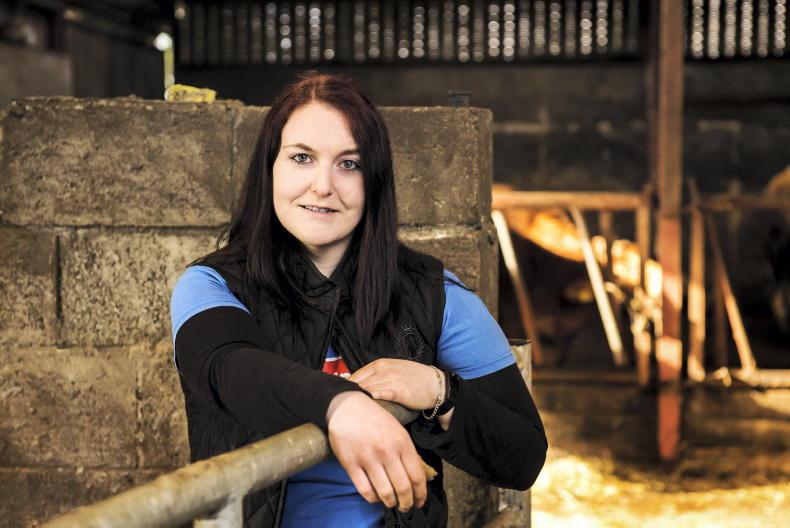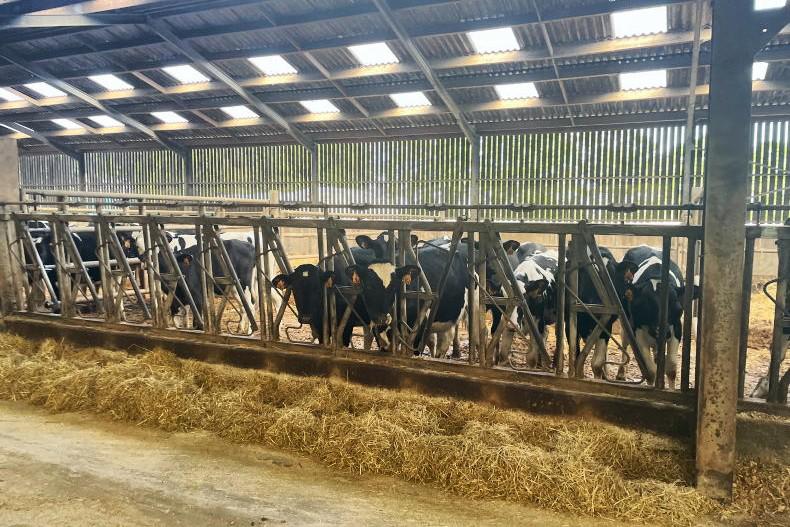There have been numerous reports of blowfly strike in ewes and hoggets in recent days. The incidence is relatively low but the cases highlight the importance of carrying out regular checks. Shearing will solve issues for a period in adult sheep in most flocks, but where shearing will be delayed for a significant period then preventative treatment may need to be considered. Dagging dirty tail-ends will also help.
While reports in lambs have been rare to-date, it is only a matter of time before the incidence extends beyond adult sheep. As such, it is advisable to review your preventative control programme. Some flocks wait to apply preventative product until they see the first cases materialise.
The threat with this approach is lost performance, and as such it is important to act quickly if adopting this stance. Applying preventative products such as pour-ons early in the season will have the added benefit of a lower application rate. Where picking products it is important to weigh up the length of protection offered and the withdrawal period.
The threat of ewes getting caught on their backs or cast will increase significantly with the upturn in weather. The highest risk animals are well-fleshed sheep and also sheep that are scratching for one reason or another.
Placing a piece of equipment such as a trailer, roller, transport box etc in the field where ewes can scratch has been highlighted by some farmers as a good option to reduce the risk. There are little options with repeat offenders but to shear, house or keep close at hand for monitoring, as ewes can quickly be lost at this time of year.
While the greatest risk of nematodirus has passed for many flocks, those lambing from mid-April onwards will be facing a challenge at present where lambs aged five to six weeks of age are eating a sufficient volume of grass. There may also be a need for flocks that treated lambs earlier, where there was a significant variation in the age of lambs in the group, to repeat the treatment in younger lambs. The characteristic signs of nematodirus are a green-coloured scour, combined with lambs performing poorly and going dry in the wool.
Growth has really taken off on swards with good fertility and which have received significant volumes of nitrogen, with growth rates of 70kg to 100kg+ DM/ha recorded. Growth rates have also improved on all farms, albeit to a lesser extent on hungrier soils.
Many of the latter type soils are sustaining a lower stocking rate, so a surplus of grass is likely to emerge for most farms in the coming weeks.
It is important to act quickly to utilise the increase in grass growth and tailor management accordingly to sustain high levels of performance. Lambs will become increasingly reliant on grazed grass to drive performance heading into late lactation, and as such require top-quality grass.
Forcing lambs to eat down poor-quality stemmy grass will hit performance hard. Instead, sheep should be moved on with swards grazed out by dry hoggets or ear marked possibly for topping at a later stage. Flocks weaning in three to four weeks should also now be taking steps to ensure there is an adequate supply of leafy grass available at weaning to minimise any check in performance.










SHARING OPTIONS